Which of the following substances is excreted by the kidneys to regulate blood pressure?
A. renin
B. erythropoietin
C. calcitriol
D. urobilinogen
For those aiming to excel in their ATI TEAS test and secure admission into their desired nursing program, ExamGates offers an invaluable resource. Our platform features practice questions meticulously crafted by tutors who have previously aced the exam themselves. With ExamGates, you can access content that is 100% relevant to the test, accompanied by vivid images and illustrations. Additionally, our platform provides comprehensive explanations for both correct and incorrect answers, empowering you to fully grasp the material and optimize your study efforts. Take the first step towards your nursing aspirations with ExamGates today.
Renin is an enzyme that is produced by the kidneys and it acts to elevate blood pressure. When blood pressure falls, the kidneys secrete renin into the bloodstream ³.
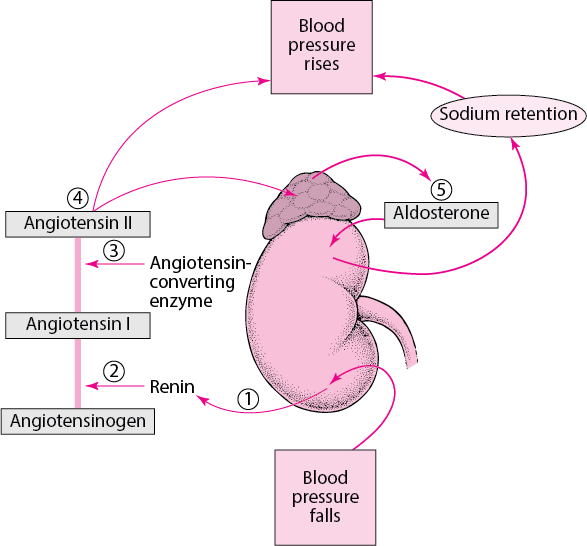 |
Therefore, the Correct Answer is A.
More Questions on TEAS 7 Science Practice Test 3
Question 1:
What are the steps involved in the scientific method?
A. Observation, hypothesis, prediction, experimentation, analysis, conclusion.
B. Hypothesis, observation, prediction, experimentation, analysis, conclusion.
C. Prediction, observation, experimentation, analysis, conclusion, hypothesis.
D. Observation, data collection, analysis, experimentation, hypothesis, conclusion.
The Correct Answer is A.The scientific method is a systematic approach used to answer questions or test hypotheses about the natural world. The steps involved in the scientific method are:
- Observation: This is the first step in the scientific method. It involves observing a phenomenon or a problem and gathering information about it.
- Hypothesis: After making an observation, a scientist forms a hypothesis, which is a tentative explanation for the phenomenon or problem.
- Prediction: Based on the hypothesis, the scientist makes a prediction about what will happen in an experiment or what they will observe.
- Experimentation: The scientist designs and conducts an experiment to test the hypothesis and prediction.
- Analysis: The data collected from the experiment are analyzed to determine if they support or refute the hypothesis.
- Conclusion: Based on the analysis of the data, the scientist draws a conclusion about whether the hypothesis is supported or refuted.
Option b) is incorrect because it starts with hypothesis before observation. Option c) is incorrect because prediction comes before experimentation. Option d) is incorrect because hypothesis comes after observation and data collection.
 |
Question 2:
What is the primary pigment responsible for photosynthesis in plants?
A. Chlorophyll a
B. Chlorophyll b
C. Carotenoids
D. Anthocyanins
The Correct Answer is A.Chlorophyll a is the primary pigment responsible for photosynthesis in plants. It is a green pigment that is essential for capturing light energy from the sun and converting it into chemical energy that can be used by the plant. Chlorophyll a absorbs light most efficiently in the blue and red parts of the spectrum, and reflects green light, giving plants their characteristic green color
Chlorophyll b is another type of chlorophyll that is also involved in photosynthesis, but it is not as abundant as chlorophyll a. Chlorophyll b absorbs light most efficiently in the blue and orange parts of the spectrum and reflects yellow-green light.
Carotenoids are pigments that are present in many plants and are involved in photosynthesis as well as protecting the plant from damage caused by excess light. Carotenoids are responsible for the orange, yellow, and red colors of many fruits and vegetables.
Anthocyanins are pigments that give plants their red, purple, and blue colors. While they are not directly involved in photosynthesis, they play a role in atracting pollinators and protecting the plant from damage caused by UV radiation.

Question 3:
Which of the following is responsible for carrying amino acids to ribosomes during protein synthesis?
A. tRNA
B. mRNA
C. rRNA
D. DNA
The Correct Answer is A.Transfer RNA (tRNA) is responsible for carrying amino acids to ribosomes during protein synthesis. Each tRNA molecule has a specific anticodon that matches a codon on the messenger RNA (mRNA) molecule. The tRNA molecule binds to the mRNA codon and brings the corresponding amino acid to the ribosome, where it is added to the growing polypeptide chain.
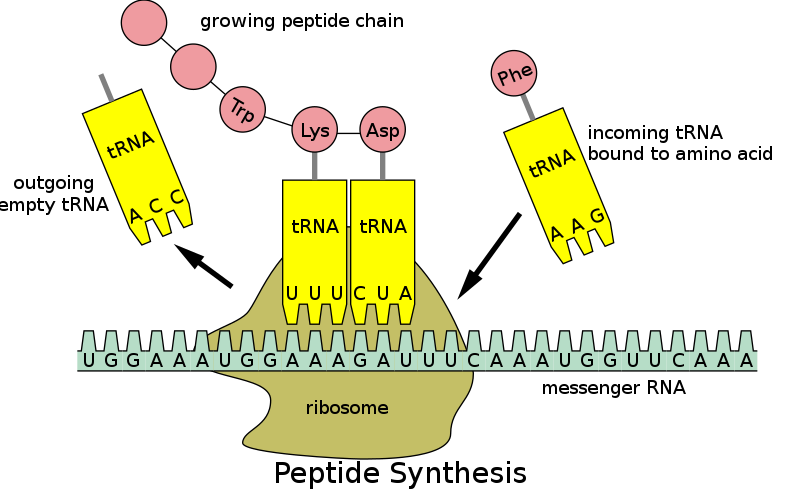 |
Question 4:
Which of the following units is used to indicate length?
A. kg
B. L
C. s
D. m
The Correct Answer is D.The unit used to indicate length is the meter (m). It is the base unit of length in the International System of Units (SI).
Question 5:
Which of the following describes the function of ligaments?
A. Ligaments attach skeletal muscles to bone
B. Ligaments attach two bones
C. Ligaments attach bones to tendons
D. Ligaments attach skeletal muscles to tendons
The Correct Answer is B.Ligaments are tough bands of fibrous tissue that connect two bones together in a joint. They provide stability and support to the joint, preventing excessive movement and helping to maintain proper alignment of the bones.
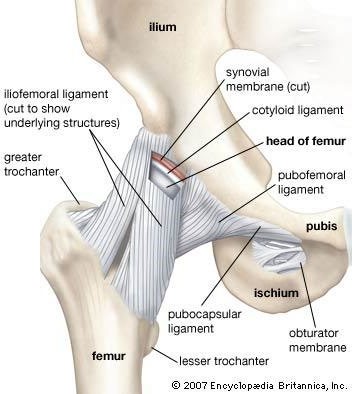
Question 6:
What is the largest organ in the human body by surface area?
A. Brain
B. Heart
C. Liver
D. Skin
The Correct Answer is D.The largest organ in the human body by surface area is the skin. It covers the entire external surface of the body and has an average surface area of about 20 square feet in adults.
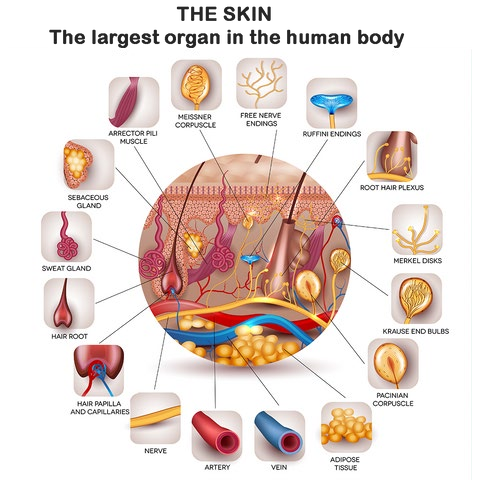 |
Question 7:
What is the name of the genetic disorder caused by the presence of an extra chromosome 21?
A. Turner syndrome
B. Klinefelter syndrome
C. Down syndrome
D. Huntington's disease
The Correct Answer is C.Down syndrome is a genetic disorder caused by the presence of an extra copy of chromosome 21. It is also known as trisomy 21, because affected individuals have three copies of chromosome 21 instead of the normal two.
The extra chromosome 21 in Down syndrome occurs due to a random error in cell division, which leads to the production of an abnormal gamete (egg or sperm) with an extra copy of the chromosome. When this gamete fuses with a normal gamete during fertilization, the resulting zygote has 47 chromosomes instead of the usual 46, and develops into a fetus with Down syndrome.
Down syndrome is characterized by a range of physical and intellectual symptoms, including developmental delays, intellectual disability, distinctive facial features, heart defects, and increased risk of certain medical conditions such as leukemia and Alzheimer's disease. However, the severity and expression of these symptoms can vary widely among affected individuals.
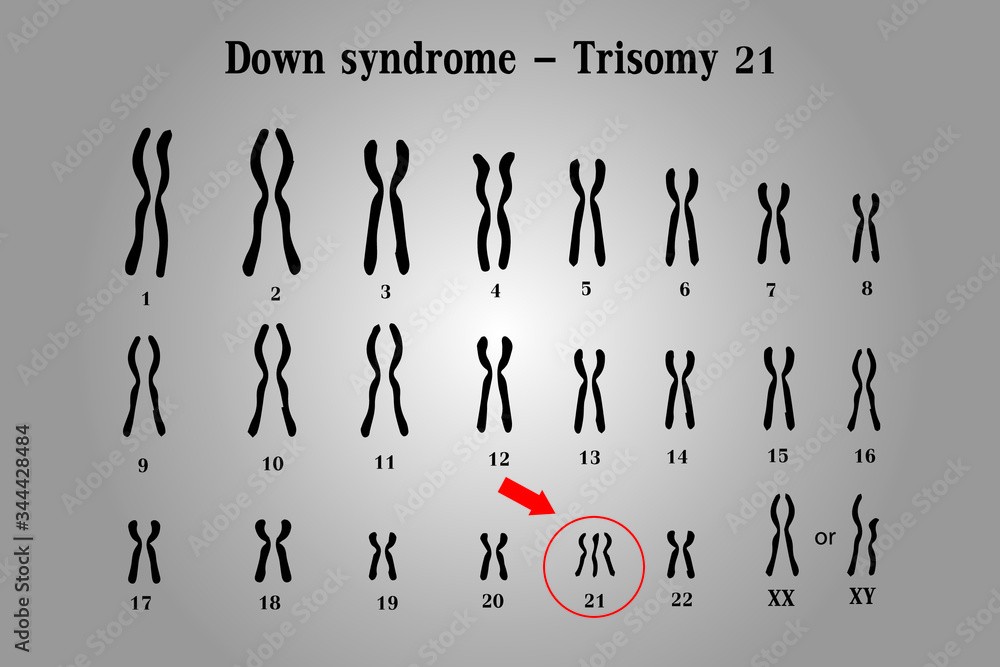 |
Question 8:
During embryonic development, which of the following germ layers forms the nervous system?
A. Ectoderm
B. Endoderm
C. Mesoderm
D. Exoderm
The Correct Answer is A.The three germ layers that form during embryonic development are the ectoderm, mesoderm, and endoderm. The ectoderm is the outermost layer, and it gives rise to the skin, hair, nails, and nervous system. The nervous system develops from a specialized region of the ectoderm called the neural plate, which invaginates to form the neural tube. The neural tube ultimately gives rise to the brain and spinal cord, which make up the central nervous system, as well as the peripheral nervous system. The endoderm gives rise to the lining of the digestive and respiratory tracts, while the mesoderm gives rise to the musculoskeletal system, circulatory system, and several other organs. The exoderm is not a germ layer and does not exist during embryonic development.
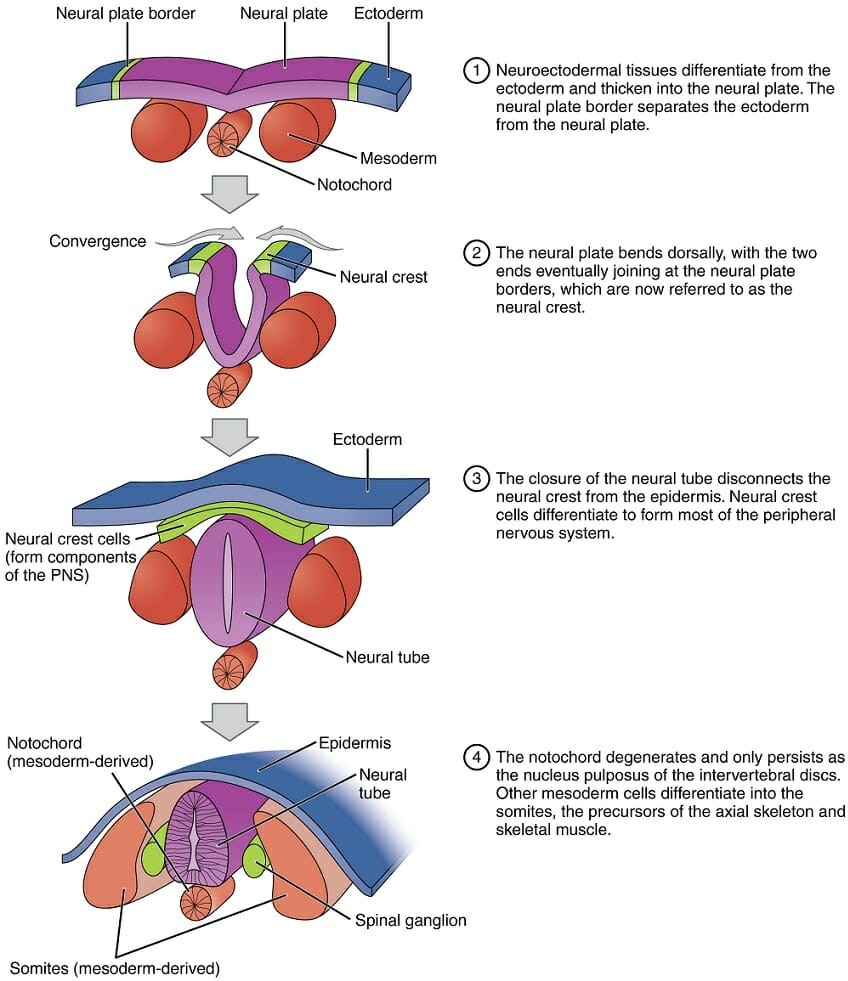
Question 9:
What is the role of the epididymis in sperm maturation?
A. The epididymis produces sperm cells.
B. The epididymis stores and protects sperm cells until ejaculation.
C. The epididymis is responsible for the transport of sperm cells from the testes to the urethra.
D. The epididymis provides nourishment to sperm cells.
The Correct Answer is B.The epididymis is a coiled tube located at the back of each testicle where the sperm mature and are stored until ejaculation. Sperm are produced in the testes and then transported to the epididymis where they undergo maturation and become motile. The epididymis provides a protective environment for the sperm, allowing them to mature and become more resilient to external stressors. During ejaculation, the sperm are transported from the epididymis to the vas deferens and then to the urethra for ejaculation.
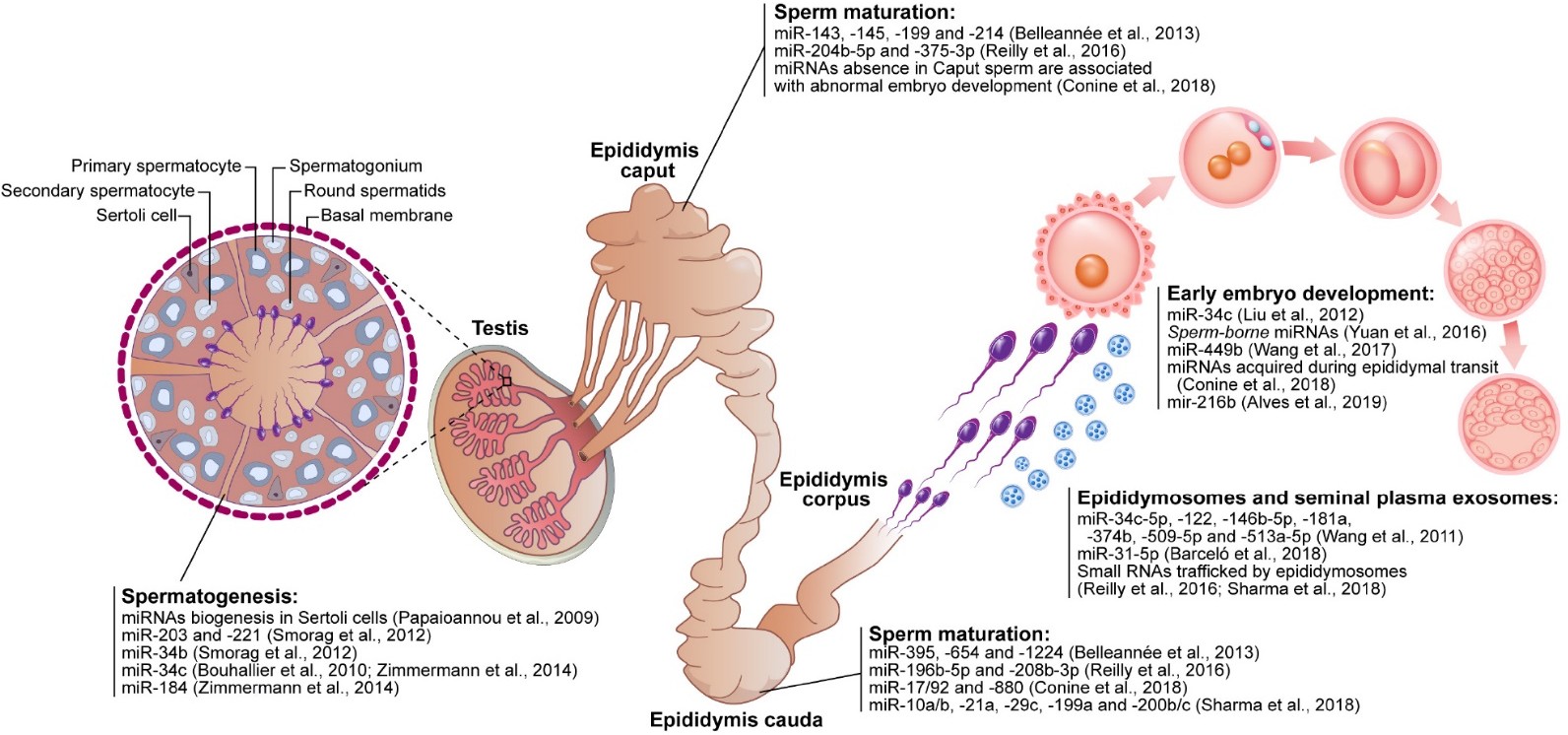 |
Question 10:
Which part of the respiratory system is responsible for regulating breathing rate and depth?
A. Bronchi
B. Alveoli
C. Diaphragm
D. Trachea
The Correct Answer is C.Diaphragm is responsible for regulating breathing rate and depth. It is a dome-shaped muscle located at the
bottom of the chest cavity that contracts and relaxes to help move air in and out of the lungs.
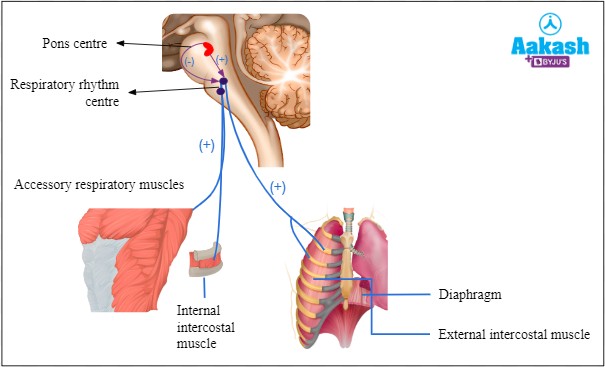 |